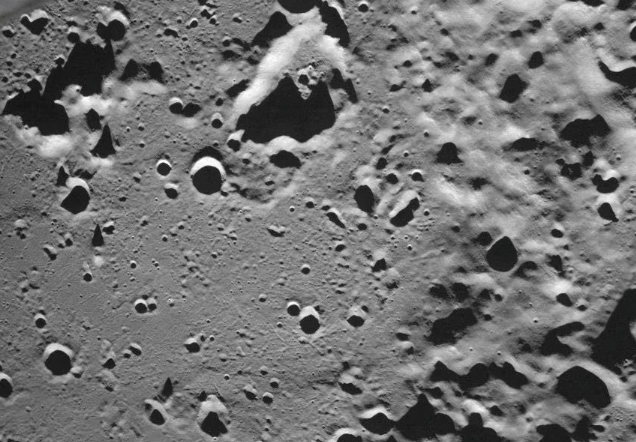Is moon exploration redefining moment for Kenya?
By Macharia Muhoho, August 24, 2023Five, four, three, two, one, and lift off, the most powerful space telescope ever made, the epic James Web Space Telescope (JWST), began its voyage back to the birth of the universe to the edge of time from the tropical rainforest of the Ariane Launch Complex at the Guiana Space Center in Kourou, French Guiana.
Twenty-three minutes after lift-off, Malindis Luigi Broglio Space Centre, tracked the Ariane 5 launch vehicle in flight, a mere five minutes before James Webb Space Telescope separated from the rocket to embark on its solitary journey in space.
In the world of cosmology, Kenya sits in a strategic geographic location for space launches and telemetry. Its proximity to the equator and a stable government amplified its choice for space programmes by the Italian government and NASA when they were scouting for favourable launching sites.
Meanwhile, world powers have embarked on a captivating new space race, driven by the belief that the moon holds immense potential as the next frontier for abundant natural resources. In a significant milestone in 2008, India successfully launched the Chandrayaan-1 mission, which unveiled a groundbreaking revelation: the presence of water on the lunar surface, manifested as hydrogen and oxygen molecules.
This remarkable discovery holds profound implications, as hydrogen and oxygen serve as vital components for the production of rocket fuel. Experts believe the moon has many elements like rare helium-3, a component for nuclear energy inside a nuclear reactor. Helium-3 is a clean green fuel that is scarce on Earth.
However, NASA thinks there is ample supply on the moon. The moon surface may have more treasures like iron, titanium, aluminum, magnesium and silicon, used in almost every electronic gadget.
After 47 years in the cold, Russia launched Luna-25 with the goal of revealing the intriguing secrets hidden within the Moon’s southern pole. The United States, China and India are in this race.
NASA, the esteemed space agency of the United States, is currently engaged in the ambitious Artemis II mission. This pioneering endeavour seeks to accomplish an extraordinary feat: the triumphant return of humans to the Moon, marking a significant milestone after a hiatus spanning over five decades. Scheduled for November 2024, Artemis II will dispatch a team of four highly skilled astronauts on a momentous 10-day expedition into the vast expanse of space.
Meanwhile, China has set its sights on studying the lunar surface by meticulously examining the Moons’ geological composition and unraveling its mysteries.
The Luigi Broglio Space Centre is recognised for its exceptional satellite tracking and telemetry services. It monitors the operational status, and precise path of satellites in orbit. Besides supporting satellite launches, the centre actively engages in collaborative efforts with esteemed space agencies and organisations. Through these partnerships, it contributes significantly to diverse domains of space science, encompassing Earth observation, climate monitoring, astronomy, and astrophysics.
Given these factors, the Kenyan government must maintain unwavering determination to secure a fair share of the profits generated from the facility, as outlined in the agreement between the two nations. They must establish the bedrock of this partnership on the principles of transparency and accountability.
Kenya can reap many benefits from The Luigi Broglio Space Center, including lease payments, technological collaboration with Italy, enhanced international relations, capacity building, and educational and research opportunities. The centre holds the potential to boost Kenya’s local economy, foster stronger international relations, and provide Kenyan students with access to advanced space technology and expertise.
— The writer is an Innovations Evangelist and a PhD Candidate
More Articles

